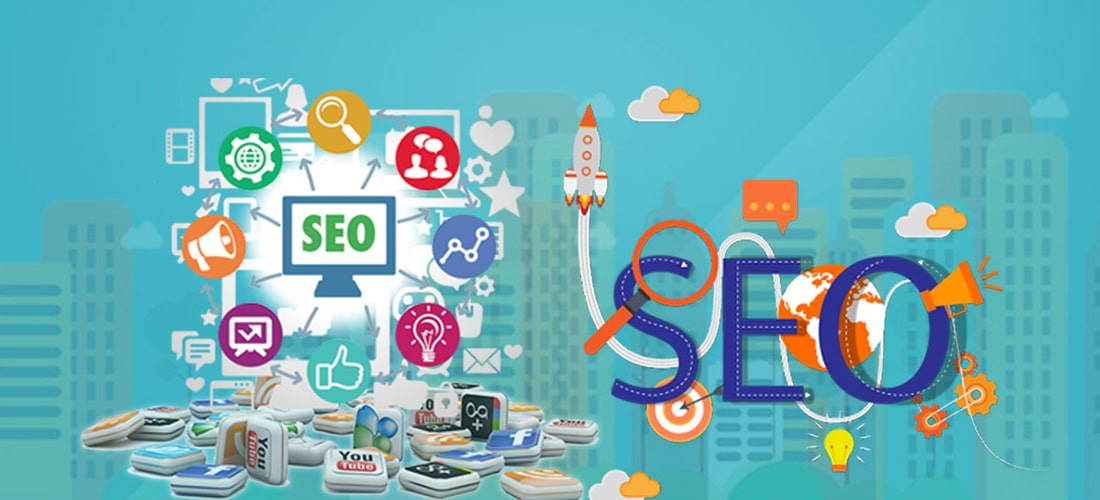A laser solution refers to the use of laser-based technology to solve specific industrial, commercial, or medical challenges. Instead of being a single machine, the term “laser solution” covers a wide range of applications, including cutting, engraving, welding, marking, cleaning, and even medical treatments. Businesses today increasingly rely on laser solutions because they offer precision, efficiency, and long-term cost savings compared to traditional methods.
1. What Makes a Laser Solution Effective?
A laser solution works by directing a concentrated beam of light at a material or surface. The energy from the laser can cut, mark, or remove layers depending on its wavelength and intensity. Unlike mechanical tools, lasers do not wear out or require consumables like ink or chemicals. This makes them reliable, consistent, and eco-friendly.
For example:
- In manufacturing, lasers cut metal sheets or engrave serial numbers.
- In medicine, lasers treat skin conditions, remove tattoos, or perform eye surgeries.
- In construction and surveying, laser devices measure distances with high accuracy.
2. Types of Laser Solutions
- Laser Cutting Solutions: Used for precise cutting of metals, plastics, wood, textiles, and more.
- Laser Marking & Engraving Solutions: Create permanent marks like barcodes, logos, and serial numbers.
- Laser Welding Solutions: Join materials with strong, clean welds in industries like automotive and aerospace.
- Laser Cleaning Solutions: Remove rust, paint, or contaminants from surfaces without chemicals.
- Medical Laser Solutions: Applied in dermatology, dentistry, ophthalmology, and cosmetic treatments.
Each solution is designed to meet the needs of specific industries, offering flexibility and customization.
3. Benefits of Using Laser Solutions
Laser solutions bring several advantages compared to traditional methods:
- High Precision: Lasers can achieve microscopic accuracy, making them ideal for electronics, medical devices, and aerospace.
- Speed & Efficiency: Processes like cutting or marking are much faster than manual or mechanical alternatives.
- Durability: Laser markings are permanent, resistant to wear, heat, and chemicals.
- Eco-Friendly: No inks, solvents, or abrasives are required, reducing environmental impact.
- Cost-Effective: Although the initial investment may be high, the absence of consumables and lower maintenance costs make lasers more economical in the long run.
- Automation Friendly: Many laser solutions integrate with robotic systems for mass production.
4. Industrial Applications of Laser Solutions
- Automotive & Aerospace: Cutting and welding parts, marking components for traceability.
- Electronics: Engraving microchips and circuit boards with precise codes.
- Medical & Healthcare: Cosmetic treatments, surgeries, and sterilization.
- Jewelry & Luxury Goods: Fine engraving for branding and personalization.
- Construction & Surveying: Laser measuring tools for distance, leveling, and layout.
- Cultural Heritage: Cleaning and restoring artifacts without causing damage.
5. Why Businesses Choose Laser Solutions
The growing demand for precision, sustainability, and automation is pushing companies to adopt laser-based technology. From improving efficiency in factories to offering safe treatments in hospitals, laser solutions provide long-term value and adaptability. They not only replace older methods but also open up new possibilities for design, innovation, and customer satisfaction.
Conclusion
A laser solution is more than just a piece of equipment—it is a modern approach to solving problems with speed, accuracy, and sustainability. Whether applied in industry, medicine, or construction, laser solutions have become indispensable for businesses aiming to stay competitive in today’s fast-paced world. Investing in the right laser solution ensures higher productivity, lower costs, and long-term reliability.




